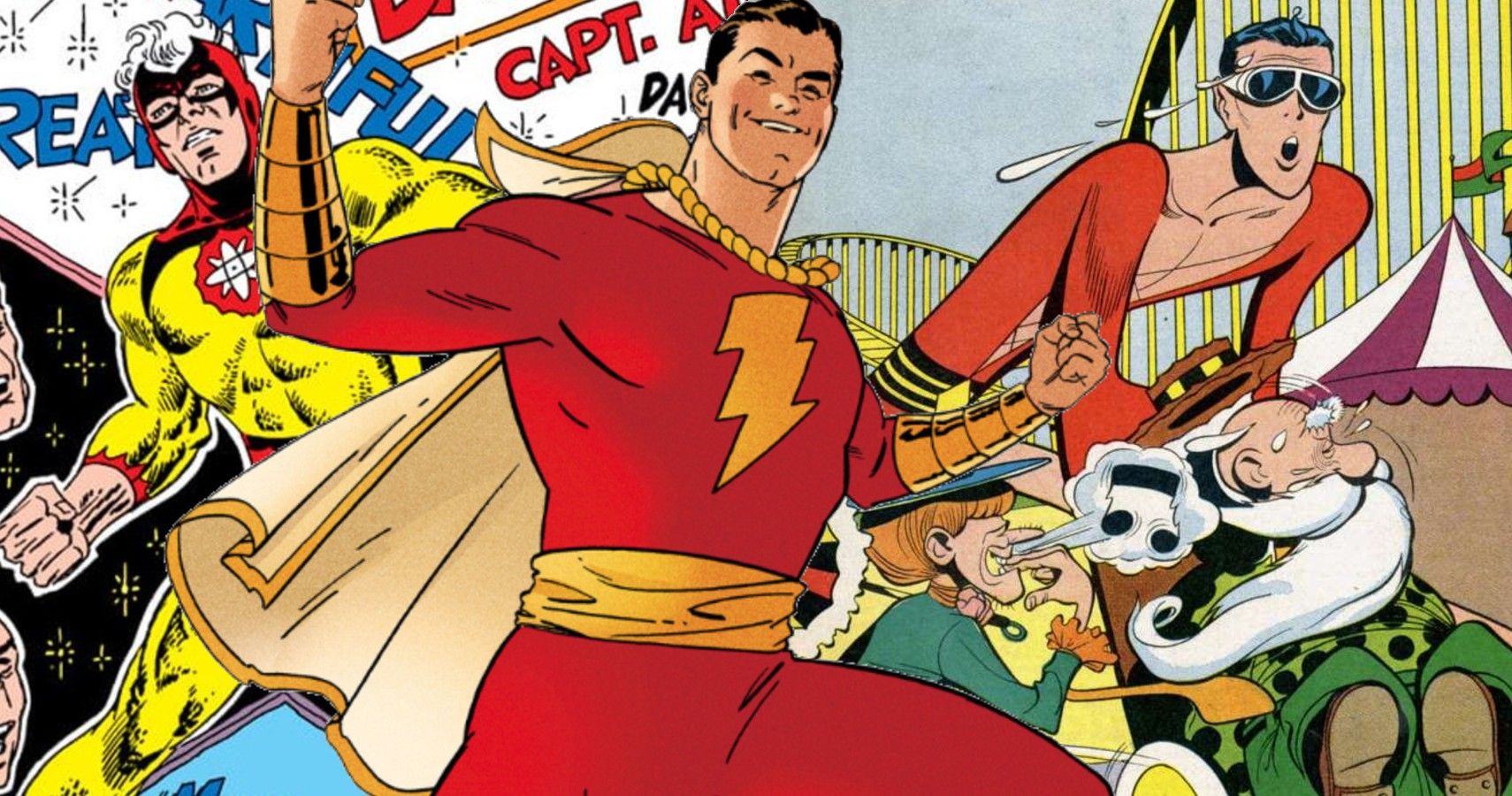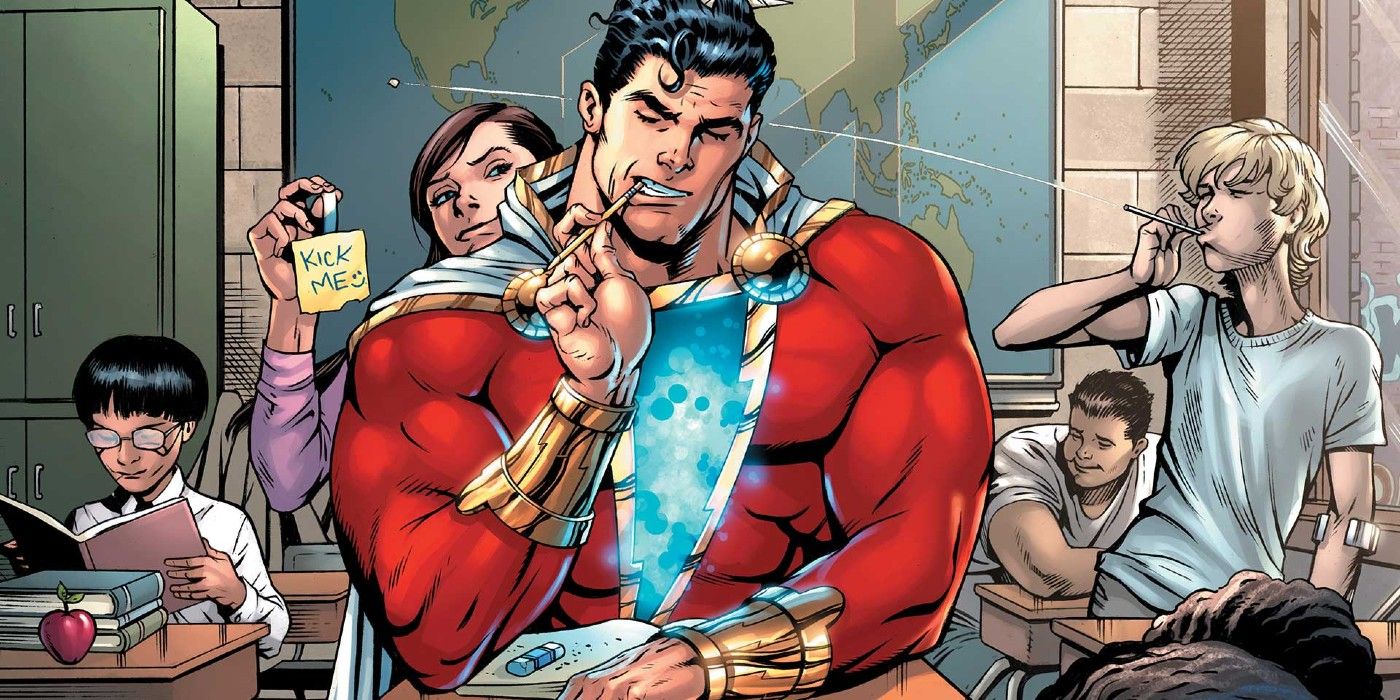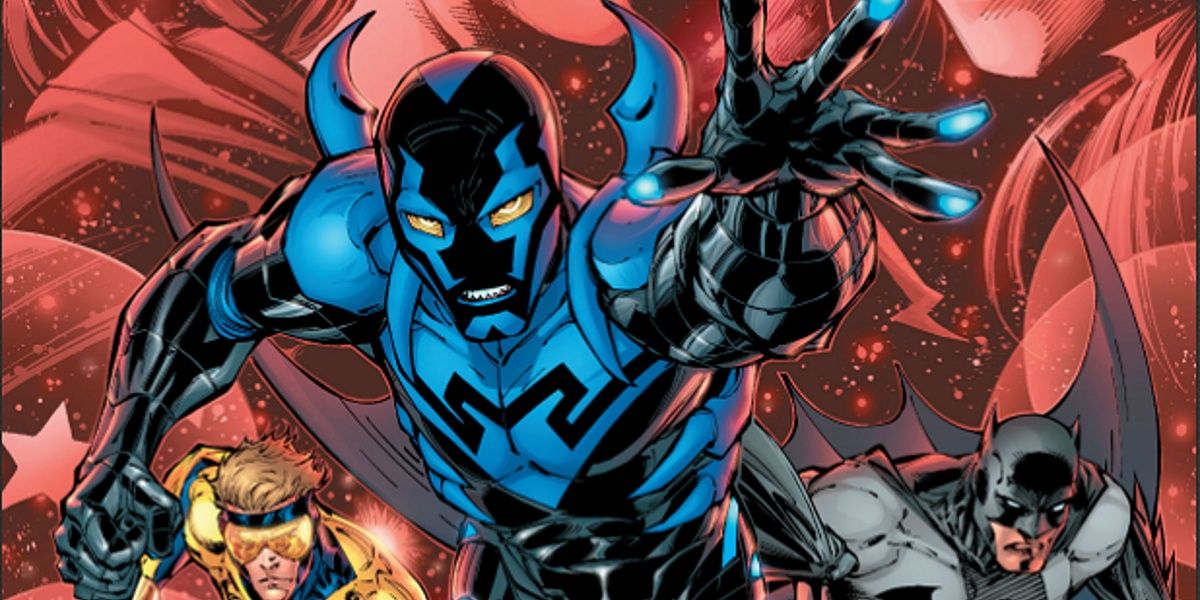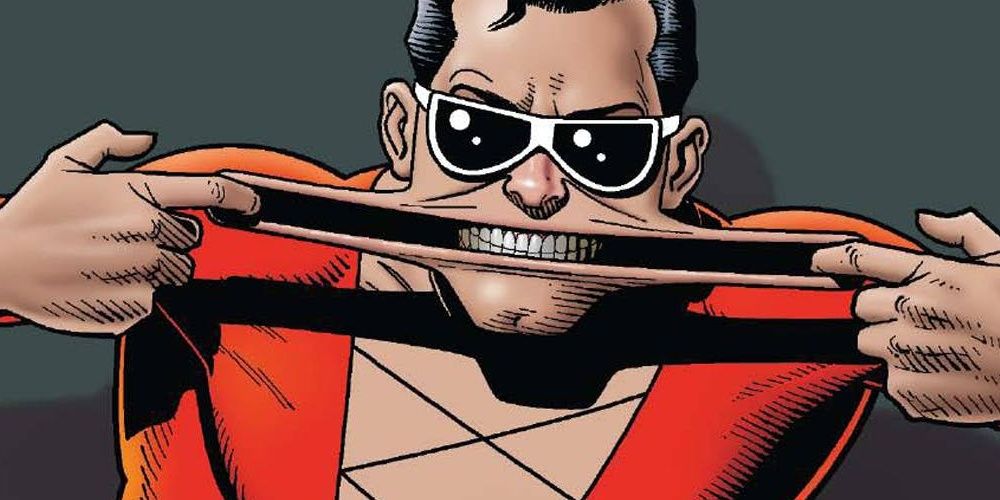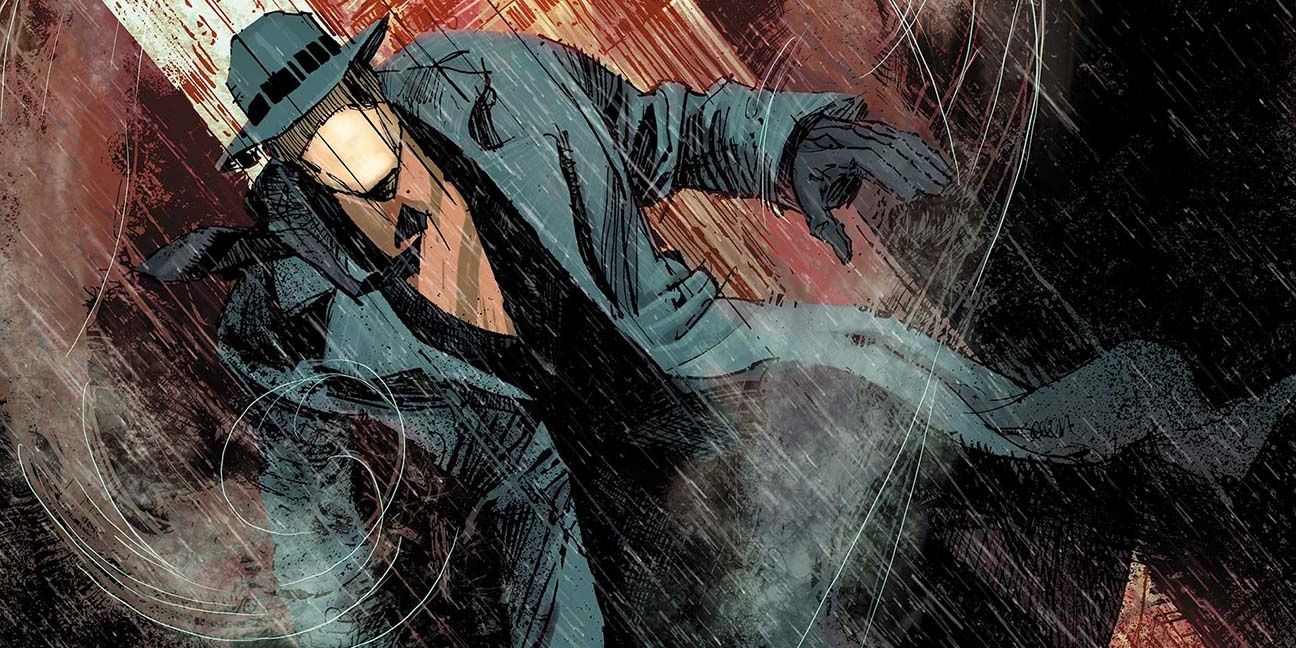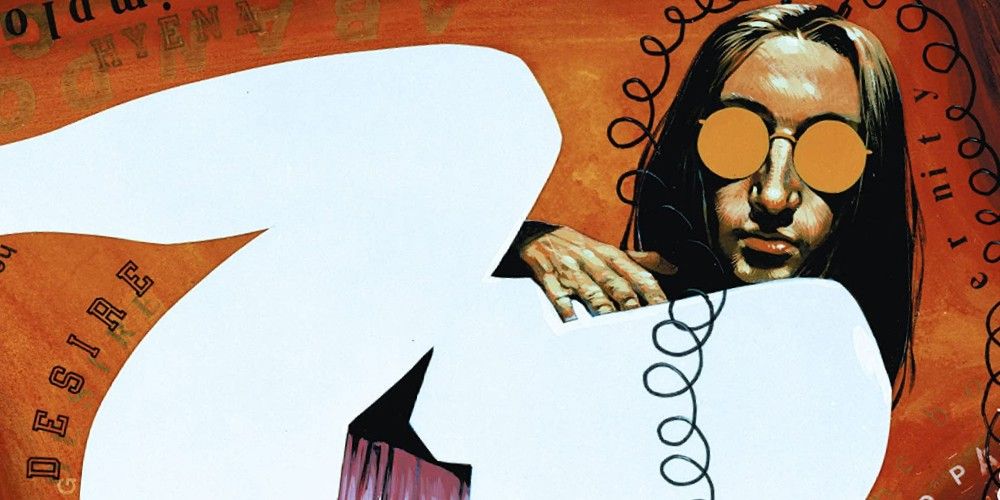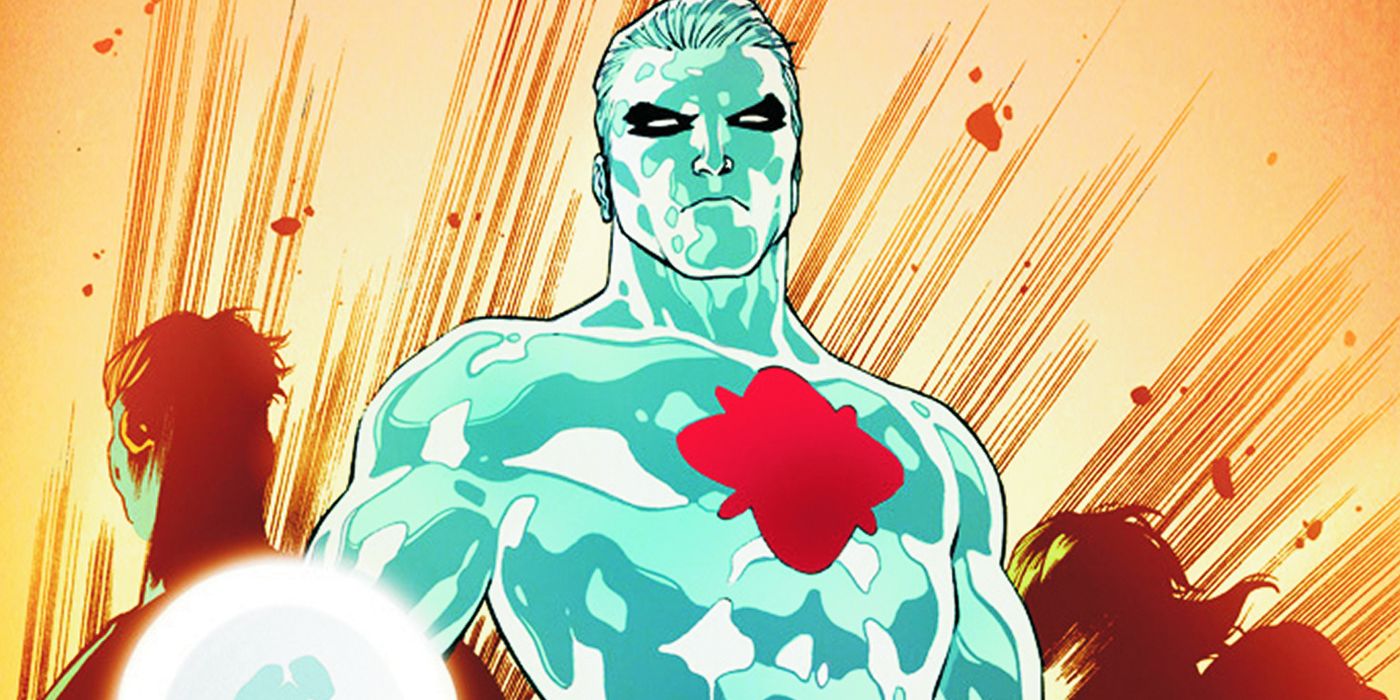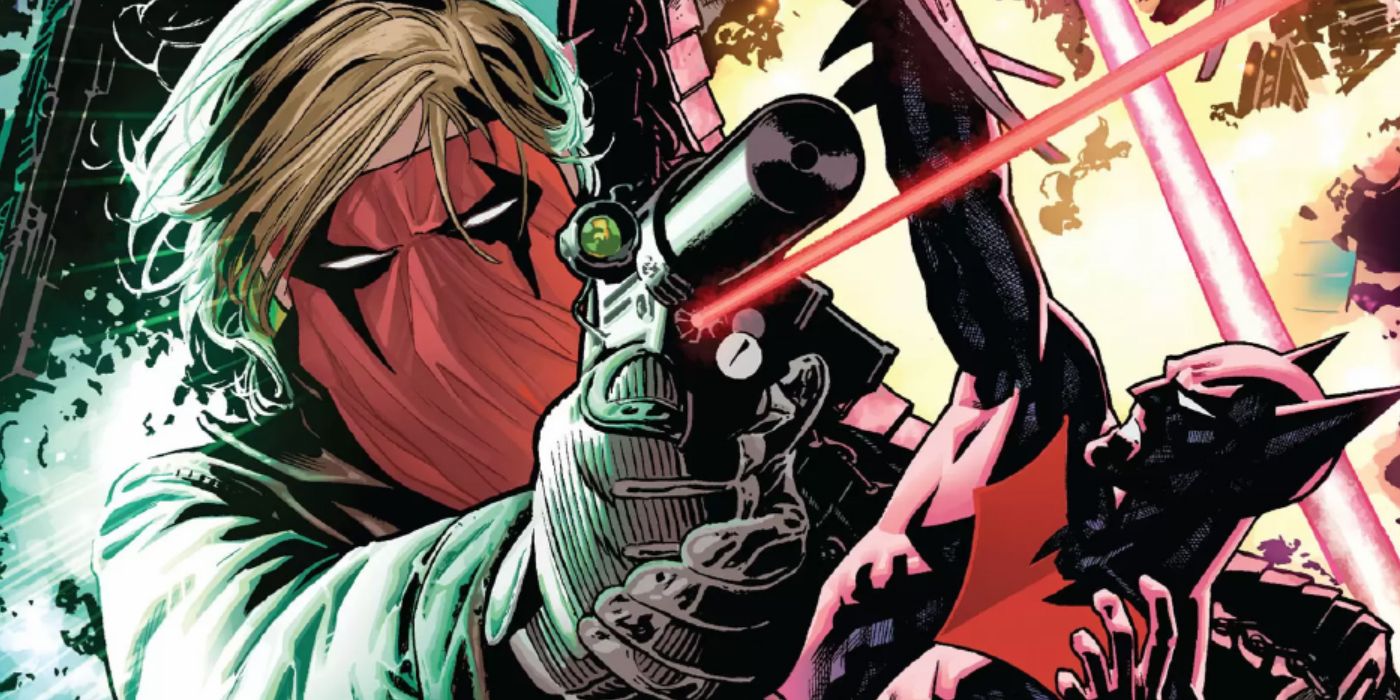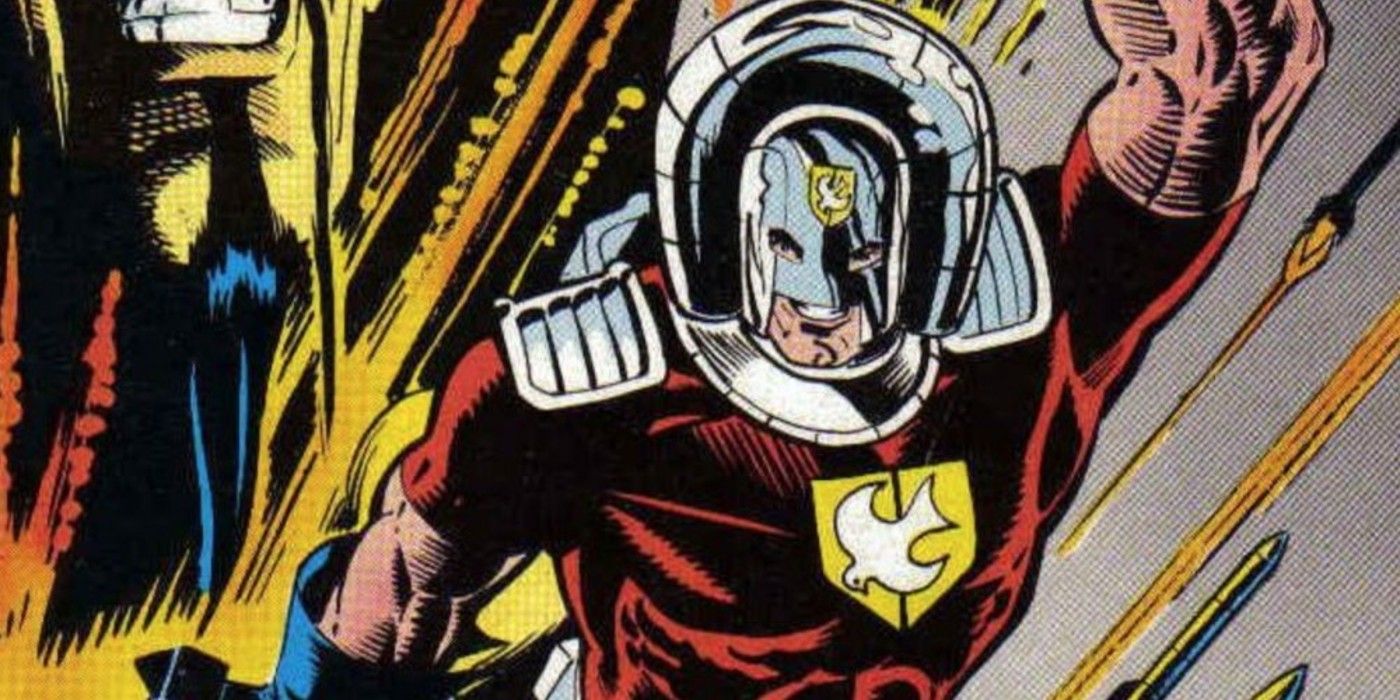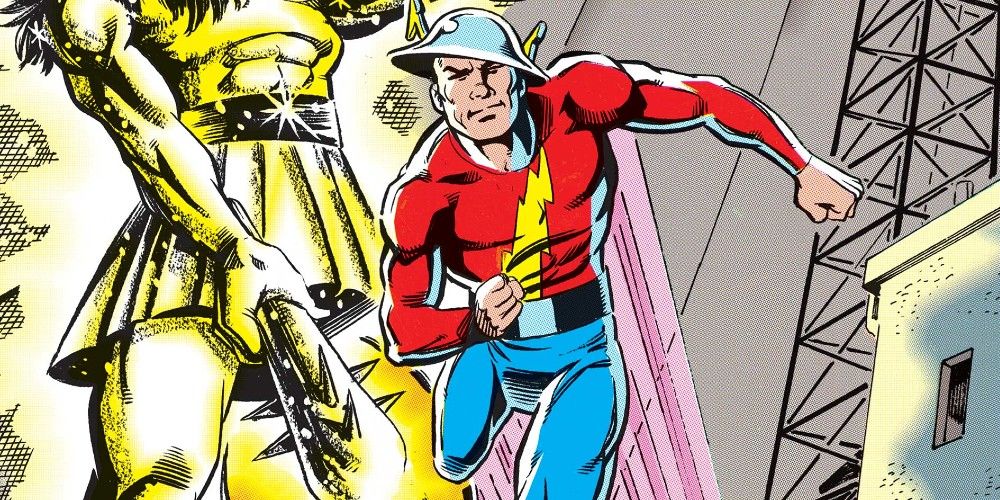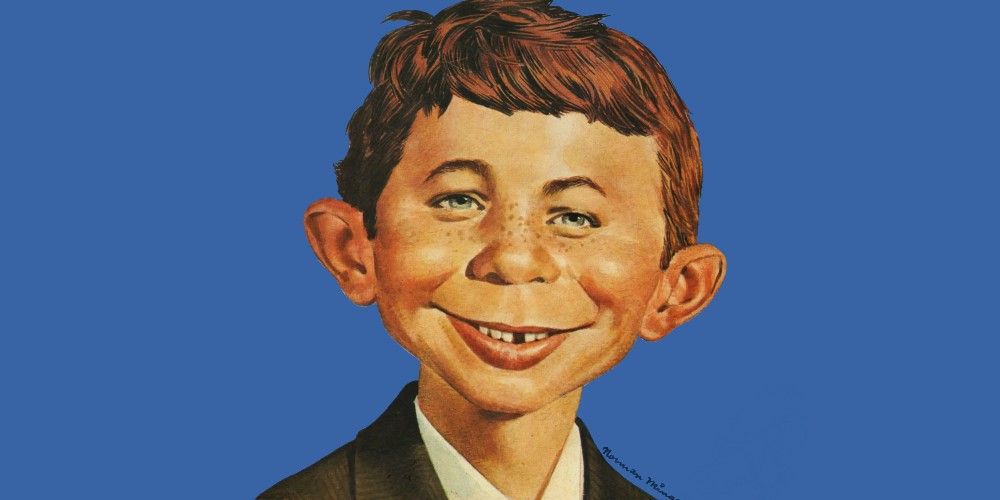As the oldest and longest-running comic book company, DC Comics has a plethora of classic characters. When the superhero boom started with Superman's debut in Action Comics #1, the company was well placed to build a library of characters. Along with the Man of Steel, DC gave the world Batman, Robin, and a host of other now-legendary heroes and villains.
What sometimes gets overlooked is that DC Comics didn't officially exist until the late 1970s. While the company started to refer to itself in press and on comic covers as DC Comics in the 1950s, the publisher kept its original name - National Allied Publications - until 1977. But even before then, DC Comics was growing its stable of characters in part by buying up less successful comic publishers, even when it didn't know what to do with the characters the other companies had.
10 Shazam
The best-known acquisition character is Shazam, who was called Captain Marvel at the time. Initially, DC sued Captain Marvel publisher Fawcett Comics claiming that their red-suited hero was encroaching on the copyright for Superman. DC won the lawsuit and soon after Fawcett stopped printing superhero comics altogether. Fawcett sold a number of its characters to Charlton Comics and turned its attention to licensing characters like Dennis the Menace.
Fawcett lost the copyright to the name Captain Marvel in 1967 to Marvel Comics, and in 1972 DC licensed the character from the publisher. DC reintroduced Captain Marvel as "Shazam! The Original Captain Marvel," and set the character and his family up on their own Earth, Earth-S, in the Multiverse. DC gained complete ownership over Shazam in 1994.
9 Blue Beetle
While Blue Beetle is best known as a DC hero, the character went through three publishers before ending up in the same universe as his best friend Booster Gold. Blue Beetle started off as a Fox Comics character. When Fox went bankrupt in 1942, Holyoke Publishing took over the Blue Beetle series for 19 issues. In 1944, Fox Comics took the character back and sporadically published another 13 issues before selling Blue Beetle to Charlton Comics.
Under Charlton, Blue Beetle was reimagined by Steve Ditko in 1964, but by 1968, Charlton decided to get out of the superhero game. DC purchased Blue Beetle and the other Charlton heroes in 1983, and the character made his DC Comics debut in Crisis on Infinite Earths #1.
8 Plastic Man
The criminal turned hero Plastic Man made his debut in 1941, appearing as the cover story for Quality Comics' Police Comics #1. Created by cartoonist Jack Cole, Plastic Man was one of the first superheroes who made fun of the genre, though he certainly wouldn't be the last.
When Quality Comics shut down in 1956, DC bought up a number of their characters, including Plastic Man. The stretchy hero would make his DC debut in his own series in 1966. While his comic failed to gain an audience, Plastic Man did become an animated star when his own Saturday morning cartoon, The Plastic Man Comedy/Adventure Show.
7 The Question
One of Steve Ditko's most beloved creations, The Question first appeared in 1967's Blue Beetle #1, published by Charlton Comics. Ditko saw The Question as a watered-down version of another one of his creations - Mr. A - that would work within the confines of the Comics Code Authority.
Not long after The Question made his debut, Charlton shut down their superhero line of books. DC purchased The Question and the other Charlton heroes in 1983, and the faceless hero made his debut in 1995's Crisis on Infinite Earths before being given his own series in 1987.
6 Kid Eternity
Making his first appearance in 1942's Hit Comics #25, published by Quality Comics, Kid Eternity was created by Otto Binder and Sheldon Moldoff. Four years after his debut, Kid Eternity was given his own series while continuing to act as the cover story for Hit Comics, but by 1949, Quality canceled Kid Eternity and pulled the character from Hit Comics. DC Comics obtained Kid Eternity with the other Quality heroes in 1956 but didn't use the character until the 1970s.
While the other Quality heroes were placed on Earth-X, Kid Eternity was on Earth-S with the Shazam Family. Since then, the character has made sporadic appearances, the most well known on being his own 3-issue series by Grant Morrison and Duncan Fegredo.
5 Captain Atom
Another Charlton hero, Captain Atom was created by Joe Gill and Steve Ditko. After making his debut in 1960's Space Adventures #33, Captain Atom was moved to Strange Suspense Stories, which had its title changed to Captain Atom with issue #78. The series was canceled 12-issues later, along with all of Charlton's superhero line.
DC purchased Captain Atom in 1983 and the character made his DC debut in Crisis on Infinite Earths. Captain Atom, and all of the Charlton Comics characters, were originally going to be used by Alan Moore for Watchmen, but DC decided that they did not want to feature the characters in such a dark story. Doctor Manhattan is the stand-in for Captain Atom.
4 Grifter
Created by Jim Lee and Brandon Choi, Grifter made his debut in WildC.A.T.s #1, published by Image Comics under Jim Lee's WildStorm banner.
In 1998, DC Comics acquired WildStorm from Jim Lee, and while the characters were kept separate from the rest of the DC Universe for a time, Grifter and the other WildStorm heroes started to appear in the DC Universe proper in 2011 as a part of Flashpoint and the New 52 reboot that followed. As part of the New 52 initiative, Grifter was given his own series that ran for sixteen issues.
3 Peacemaker
Another Charlton character, Peacemaker first showed up as a back-up story in 1966's Fightin' 5 #40. Fightin' 5 was canceled with the next issue, but Peacemaker was given his own series, which was then canceled after just five issues. Since the Charlton heroes were acquired by DC Comics, Peacemaker has appeared a number of times with a number of different civilian identities.
The character will soon be getting his own live-action series on HBO Max starring John Cena, which takes place after the events of the upcoming film The Suicide Squad.
2 Flash
It often gets overlooked, but a number of DC's most beloved characters actually started off at All-American Publications. While Superman and Batman were published under National Allied Publications, the Flash was the headliner for All-American, appearing in three separate comic series.
Created in 1938 by Max Gaines, All-American was a sister publisher to National Allied and the characters would come together in All-Star Comics, but they would not officially be placed under the same roof until Gaines sold All-American to National Allied's Jack Liebowitz in 1944. Gaines went on to create EC Comics, the home of Tales from the Crypt, Two-Fisted Tales, and Weird Science.
1 Alfred E. Neuman
Alfred E. Neuman, the smiling boy with the gap between his teeth, has graced the cover of almost every issue of MAD Magazine for nearly 70 years. But in truth, the character existed long before the magazine. In fact, Alfred E. Neuman is older than Superman.
The earliest depictions of Alfred E. Neuman come from the early twentieth-century where he appeared in ads for painless dentistry with his trademark motto, "What, me worry?" In the 1930s Neuman even appeared in presidential campaign ads for Franklin Roosevelt. MAD Magazine editor Harvey Kurtzman laid claim to Neuman in 1954, putting him in the magazine, but it wouldn't be until 1956 that the character was finally given a name, thanks to Al Feldstein.

